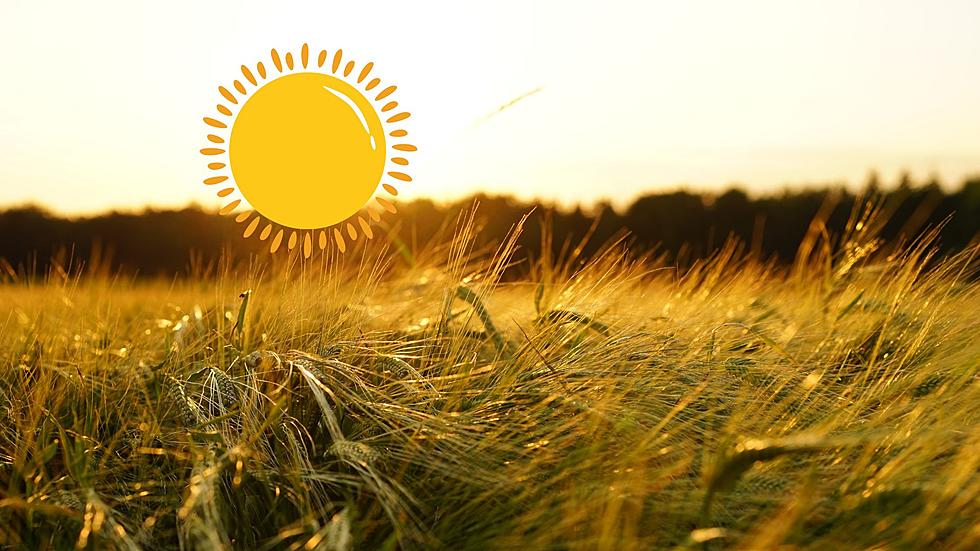
Wenatchee’s Saddle Rock. How was it formed?
Wenatchee has been my home for more than 15 years. Probably the first thing I noticed about our Wenatchee Valley was the iconic hillside formation called Saddle Rock. Getting up to “bears” of Saddle Rock takes effort of 1,000 feet of vertical.
So what is Saddle Rock made up of? How did it form in a geological sense? Thankfully we recently had Central Washington Geology professor and YouTuber, Nick Zentner conduct an outdoor class to try & answer these questions
During Nick's on-site class discussion, he also discussed the formations of Dry Gulch, Rooster Comb, Malaga and the “Flood Bar’ of East Wenatchee (area above Hydro Park). Nick also gave an overview of how the Wenatchee Valley was formed from the Missoula Floods & the Ice Age glaciers that flowed as far south as the Chelan/Manson area, notably the Okanogan Ice Glacier described in Nick’s quick “2 minute Geology Video” found here.

Professor Nick says that the predominant rock in the Saddle Rock area is rhyolite. The Wenatchee "volcanic" rhyolite formations of Saddle Rock and Castle Rock were though to have been formed around 44 million years ago. The usually pink and maroon colored rhyolite has been bleached white & light gray - by the elements.
The “High silica magma” formations of rhyolite and gold deposits found in the Dry Gulch gold mine area (yes they mined for gold decades ago) all have a connection. How? Find out in Nick’s 30 minute class room chat, high on top of the Saddle Rock formation.
Learning about how our region was formed provides insight into the region's volcanic past and the forces of erosion that have shaped the Wenatchee Valley.
INFO SOURCE: Nick Zentner "Teaching GEOL 351 atop Wenatchee's Saddle Rock"
Wenatchee's Saddle Rock Natural Area
More From KW3









